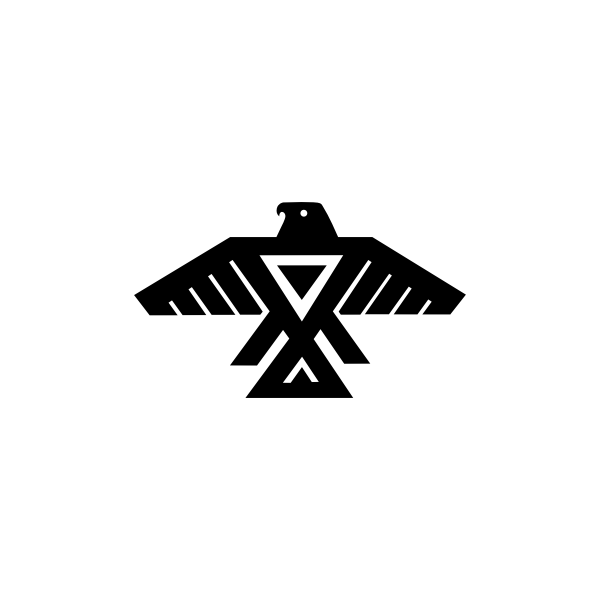As part of the process to start building the "Frontier Project," Huber Engineered Woods LLC applied for both a Non-Game Wildlife Program Special Permit -- Eagle Nest with the State of Minnesota and an Eagle Nest Take Permit with U.S. Fish and Wildlife Service (USFWS). Under the federal U.S. Endangered Species Act (ESA), a "take" means to "harass, harm, pursue, hunt, wound, kill, trap, capture, or collect, or to attempt to engage in any such conduct." If issued permits, Huber would be allowed to "take" the eagle nests located within the project site.
Page 30 of Huber's Environmental Assessment Worksheet (EAW) states that two eagle nests are located within the project site, with one occupied and one unoccupied. Because of their proximity, Huber believes that the same eagle pair constructed both nests. If Huber moves forward with the project and obtains the appropriate permits, it will remove both trees containing eagle nests. In order to remove the nests, both the USFWS and the State of Minnesota must issue permits to Huber.
Federal eagle nest take permits allow the take of eagle nests in limited situations. These include:
• Alleviating an existing or rapidly developing safety emergency for humans or eagles
• To ensure public health and safety
• If built on a human-engineered structure and creates or is likely to create a functional hazard that causes the structure to become inoperable
• To protect an interest or activity that will, with reasonable certainty, have a net benefit for eagles
When determining whether to grant a nest take permit, the USFWS considers the purpose of the take, whether there is a practicable alternative, proposed mitigation, and whether the nest removal is consistent with eagle management and conservation goals. Mitigation measures could include actions such as constructing a new nest, relocating the nest, or improving another nest location site.
Despite removal from the federal endangered species list, the Bald and Golden Eagle Protection Act and the Migratory Bird Treaty Act (MBTA) still protect both bald and golden eagles. The Eagle Protection Act prohibits anyone without a permit from "taking" a bald or golden eagle, which also includes their parts, such as feathers, nests, and eggs. In this case, a "take" includes pursuing, shooting, shooting at, poisoning, wounding, killing, capturing, trapping, collecting, molesting, or disturbing. Importantly, disturbances to eagles can include actions around a nest site when an eagle is not present if those actions will disturb the eagles when they return.
Similarly, the MBTA prevents takes of birds, specifically migratory birds, without a permit. The MBTA differs from the ESA and the Eagle Protection Act because it incorporated international treaties with Canada, Mexico, Japan, and Russia.
Eagles, particularly bald eagles (Migizi in Anishinaabemowin), are culturally important to Tribes near Huber's proposed Frontier Project site. Migizi are highly revered and respected creatures who link the Anishinaabe people to the Creator (Gchi Manidoo) and everything spiritual. The Migizi takes prayers to Gchi Manidoo after the Anishinaabe people lay down their tobacco. Migizi feathers symbolize honor, which is a sacred gift to anyone who receives a Migizi feather. Using Migizi feathers help the Anishinaabe people seek guidance from above.
Because of this cultural importance, the federal government allows tribal members to possess federally protected birds, bird feathers, and other bird parts for religious purpose. The Federal Migratory Bird Eagle Parts and Feathers Request Form facilitates this process by ensuring that those seeking to possess these parts are tribal members. If an individual is not a tribal member, they must adhere to requirements set by the ESA, state ESAs, the Eagle Protection Act, and the MBTA.
Currently, neither the State of Minnesota nor the USFWS have issued permits for the removal of the eagle nests.

0 Comments
Login to comment.